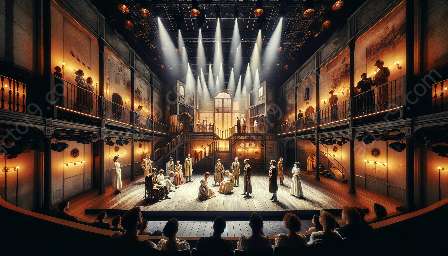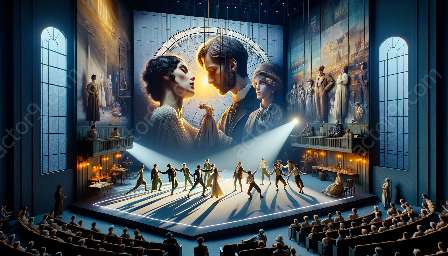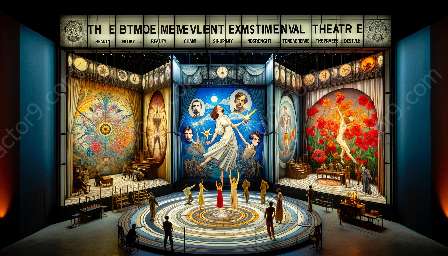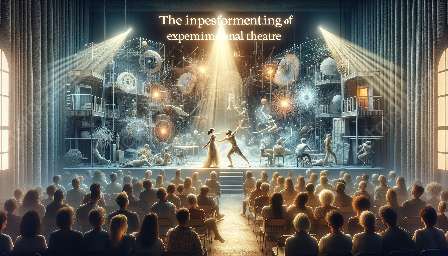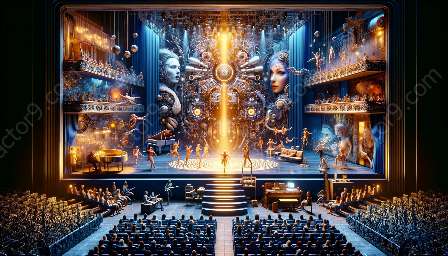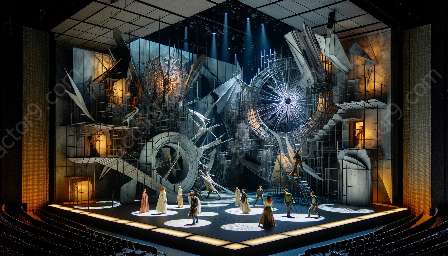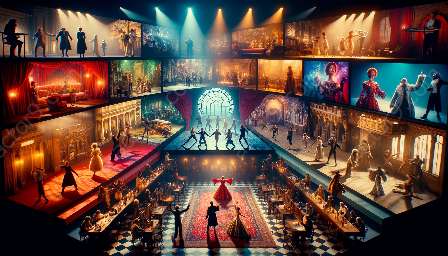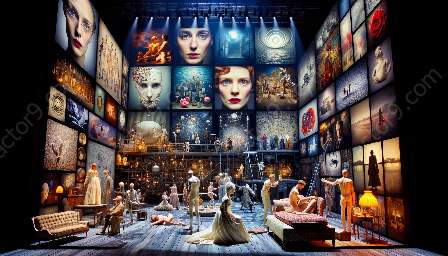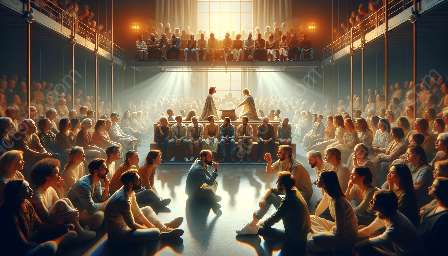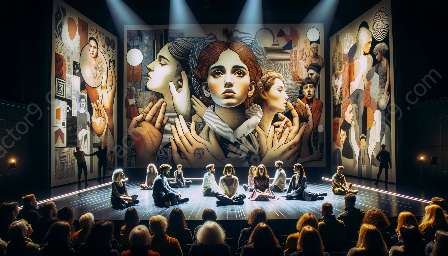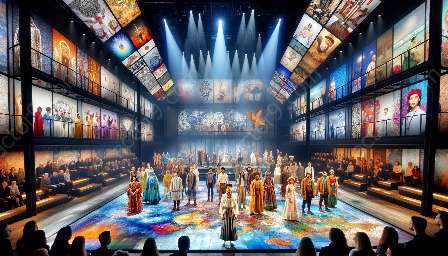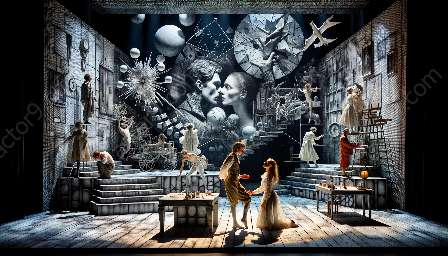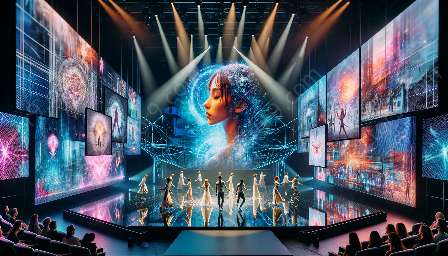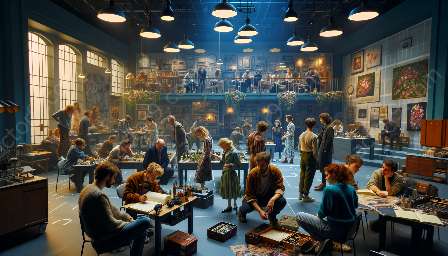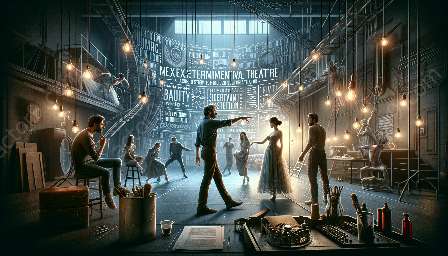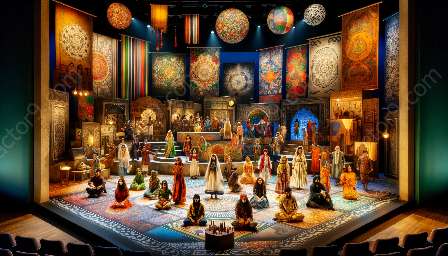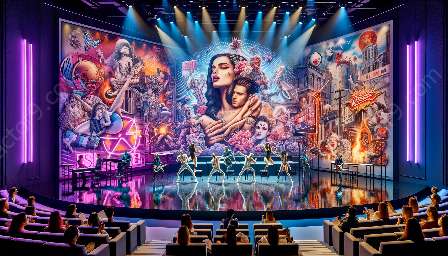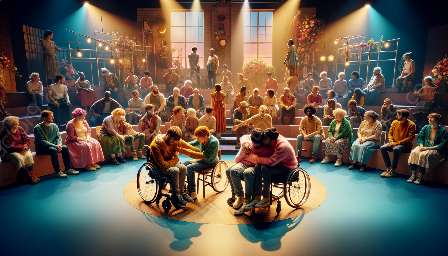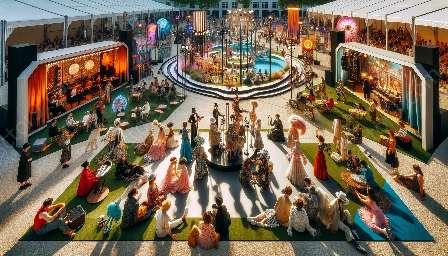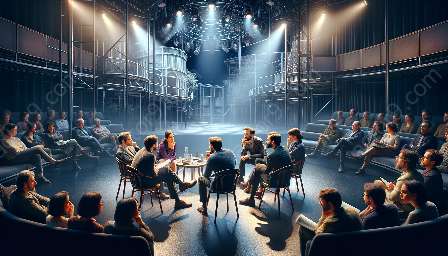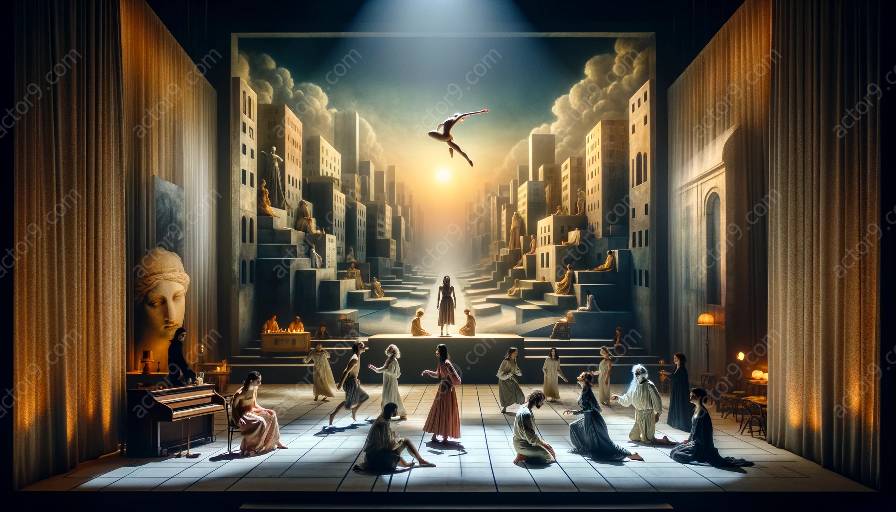Experimental theatre is a dynamic and innovative form of performing arts that often challenges traditional storytelling and performance conventions. One of the key elements that sets experimental theatre apart is its collaborative nature, which allows artists to work together to create new and unconventional approaches to storytelling and stagecraft.
Understanding Collaborative Approaches in Experimental Theatre
In collaborative experimental theatre, artists, performers, and technicians work together to co-create the performance. This approach often involves a non-hierarchical structure, where everyone involved has the opportunity to contribute ideas and influence the direction of the work. This collaborative process can lead to a dynamic and fluid approach to performance creation, allowing for a rich tapestry of perspectives and experiences to inform the final work.
Navigating the Balance Between Structure and Spontaneity
One of the most intriguing aspects of collaborative approaches in experimental theatre is the delicate balance between structure and spontaneity. On one hand, a certain level of structure is necessary to ensure the coherence and integrity of the performance. This structure may encompass elements such as a narrative arc, technical cues, and thematic cohesion. However, in such a dynamic and collaborative environment, the need for spontaneity and improvisation is equally important to allow for the unexpected and the innovative to emerge.
One way that collaborative experimental theatre navigates this balance is through the use of devised theatre techniques. Devised theatre involves a collaborative and often improvisational approach to creating performance material. This allows the performers and creators to respond to each other in the moment, creating a sense of spontaneity while still working within a structured framework.
Additionally, techniques such as physical theatre and movement improvisation play a crucial role in maintaining the balance between structure and spontaneity. These approaches often rely on detailed choreography and physical scores, providing a framework for the performers while also allowing for moments of improvisation and exploration within the movement vocabulary.
The Role of Technology and Multimedia
In the realm of experimental theatre, technology and multimedia are often integrated to enhance the collaborative process and further explore the interplay between structure and spontaneity. Projection mapping, interactive soundscapes, and immersive multimedia experiences can all contribute to the creation of a dynamic and responsive performance environment.
Conclusion
Collaborative approaches in experimental theatre offer a nuanced and multi-layered exploration of the balance between structure and spontaneity. By embracing a collaborative ethos and leveraging various artistic techniques and technologies, experimental theatre artists continue to push the boundaries of traditional performance, creating immersive and thought-provoking experiences for audiences.

